July has been another dry month, with hardly any rain. In the middle of the month there were some extremely high temperatures, reaching the mid-30s on some days and breaking the record set in 1990 for the hottest ever day in Hull. Potentially challenging conditions for the cemetery wildlife!
Plants
As a result of the hot and dry conditions some of the plants, especially along the grass verge, are not looking very good. I hope at least some of the new ones the volunteers planted last month will survive, but it has been an uphill struggle trying to keep them watered. There is no running water supply in this cemetery – the nearest supply is in the adjoining Western Cemetery but at the Chanterlands Avenue end.
Some of the trees are looking slightly autumnal as a result of this weather.
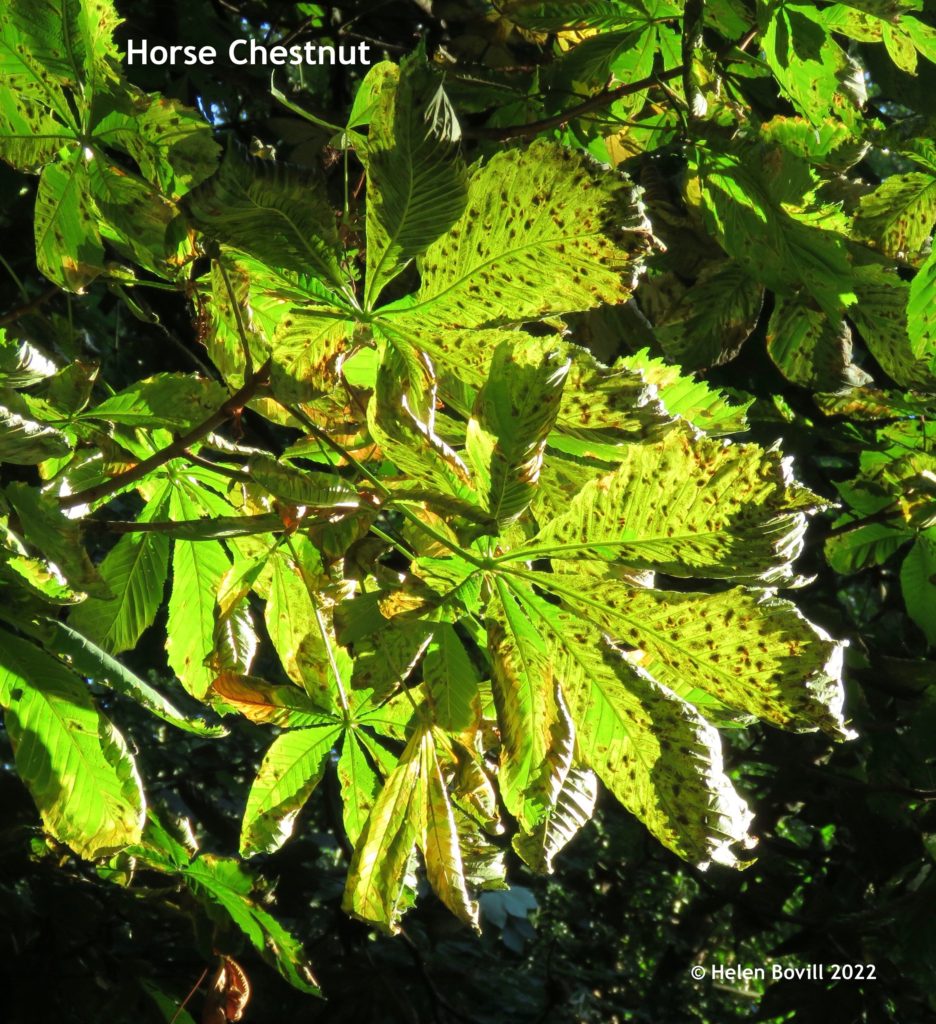
But there is some traditional summer colour in the Quaker Burial Ground, such as the Meadow Cranesbill at the start of this report, and some Crocosmia. I realise this isn’t a wild flower, but it has been there for many years and deserves a mention. Even flowers and shrubs that are not native wild ones still have value to the cemetery wildlife.
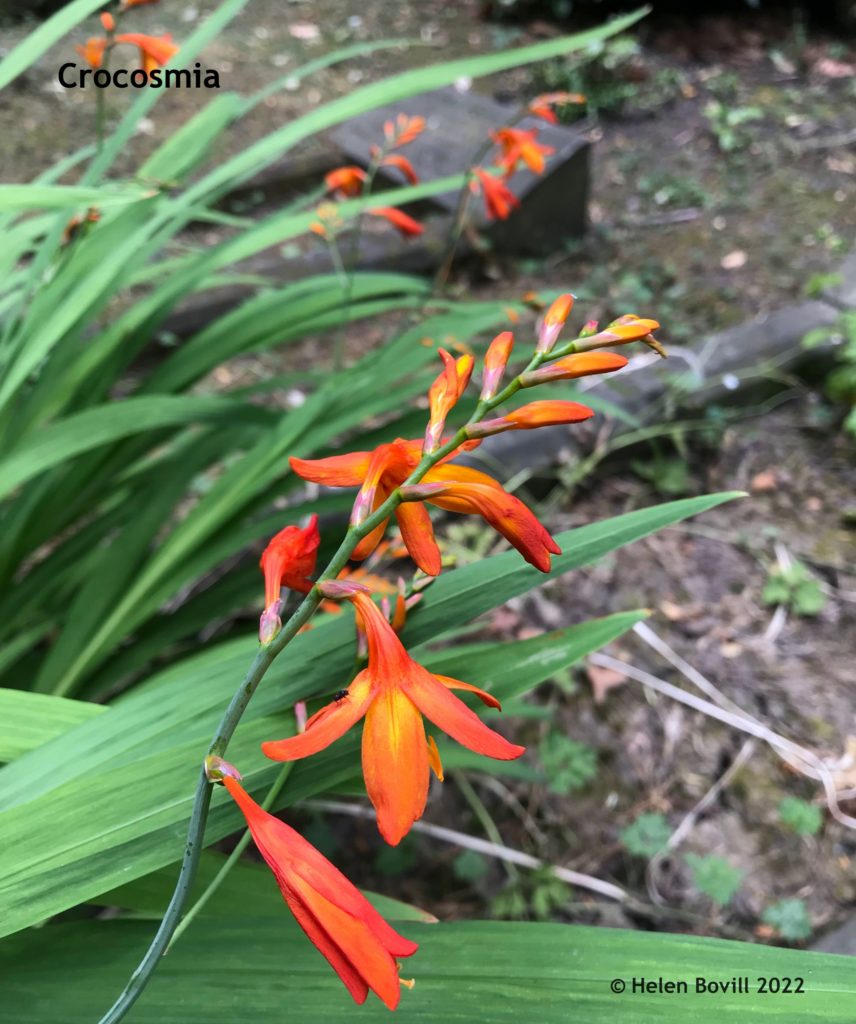
Birds
An evening walk in the cemetery just before sunset is a great place to cool down and enjoy nature. The birds are still singing including this Song Thrush perched right at the top of its tree. A regular visitor to the cemetery has seen Tawny Owls and an Owlet on several occasions. It’s very reassuring to know that although the nest box had not been used by the Owls this year, they are still visiting the cemetery.
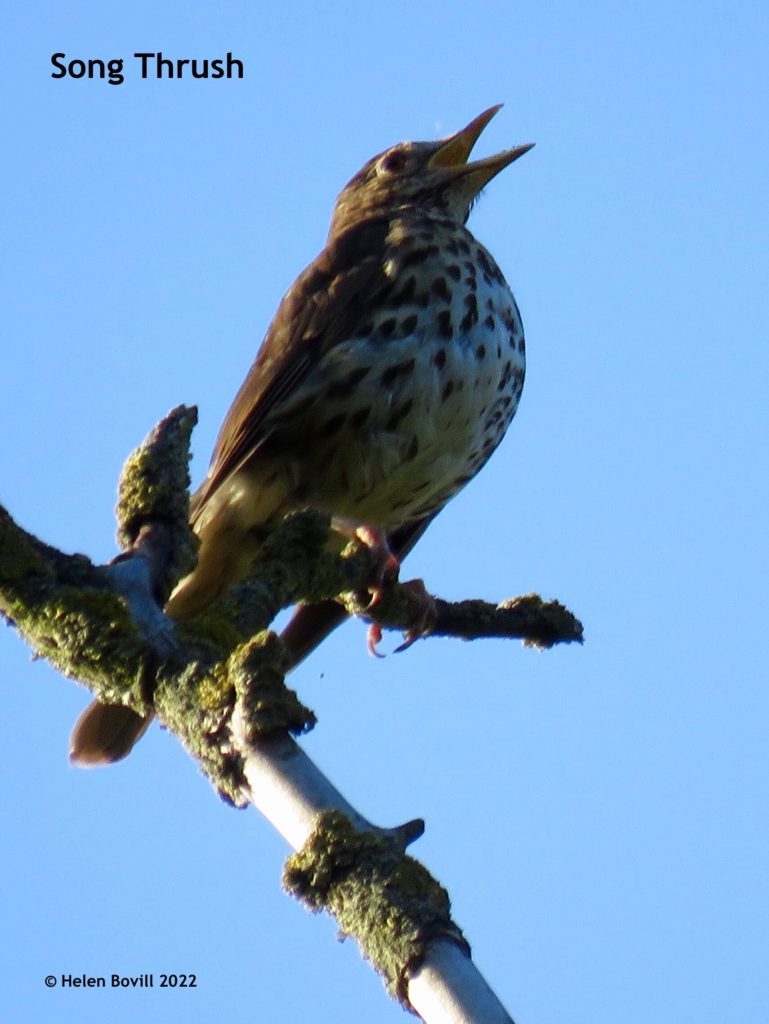
Blackbirds are another species that sing loudly in the evening. Quite often the evening chorus is just as loud and beautiful as the dawn chorus.
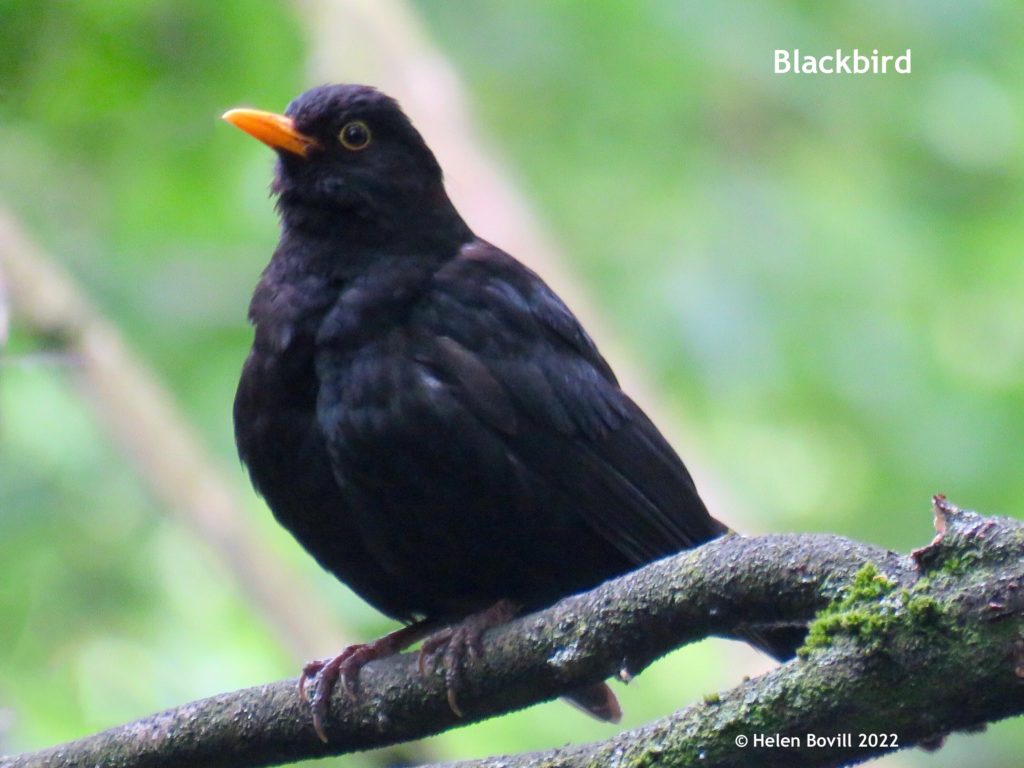
There are lots of the smaller birds around, including plenty of fledgelings. Blue Tits, Great Tits and Robins all have successfully raised their young. Wood Pigeons are still mating high up in the trees. They nest until October and can have young in the nest a lot longer than the smaller birds because they are not dependent on insects as a food supply. They make their own type of “milk” in their crop to feed their young.
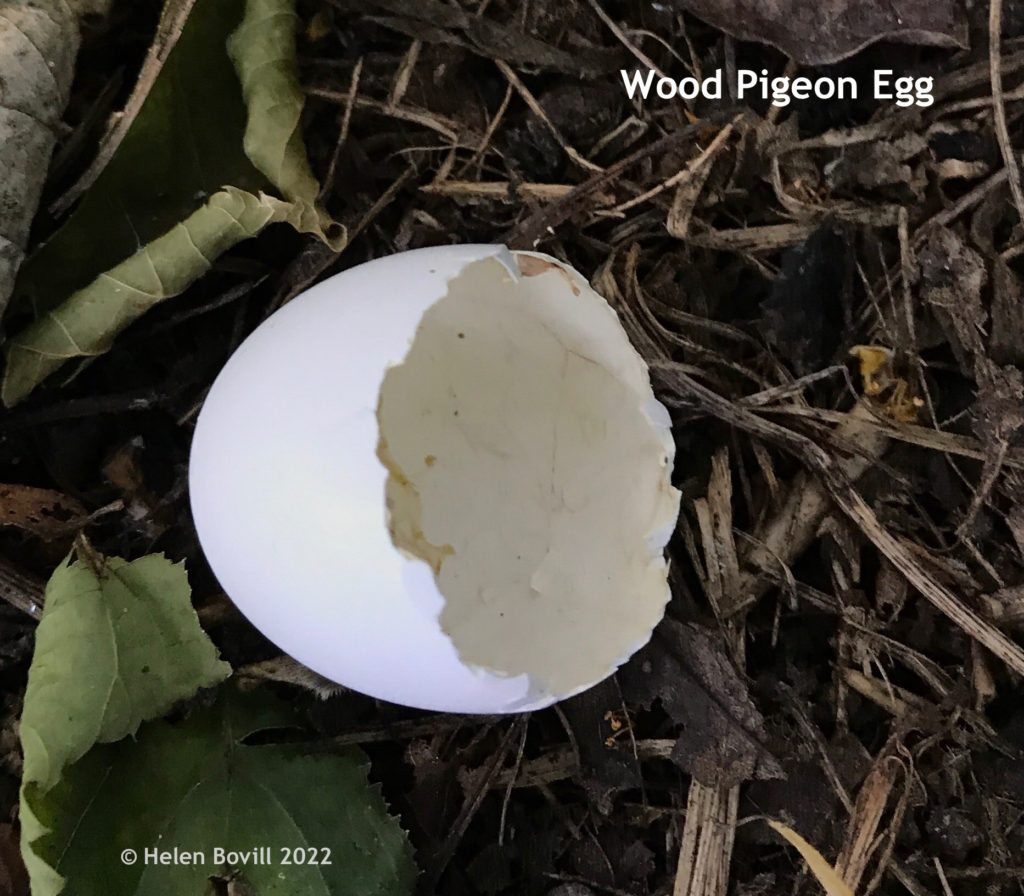
Other birds seen regularly this month were Goldfinches, Chaffinches, Dunnocks and Stock Doves.
Butterflies
I’ve seen plenty of white butterflies in the cemetery, flying fast and quite low to the ground as they look for suitable places to lay their eggs. This Large White stopped just long enough to lay a couple of eggs and then she was off in search of other suitable sites to lay the rest of them.
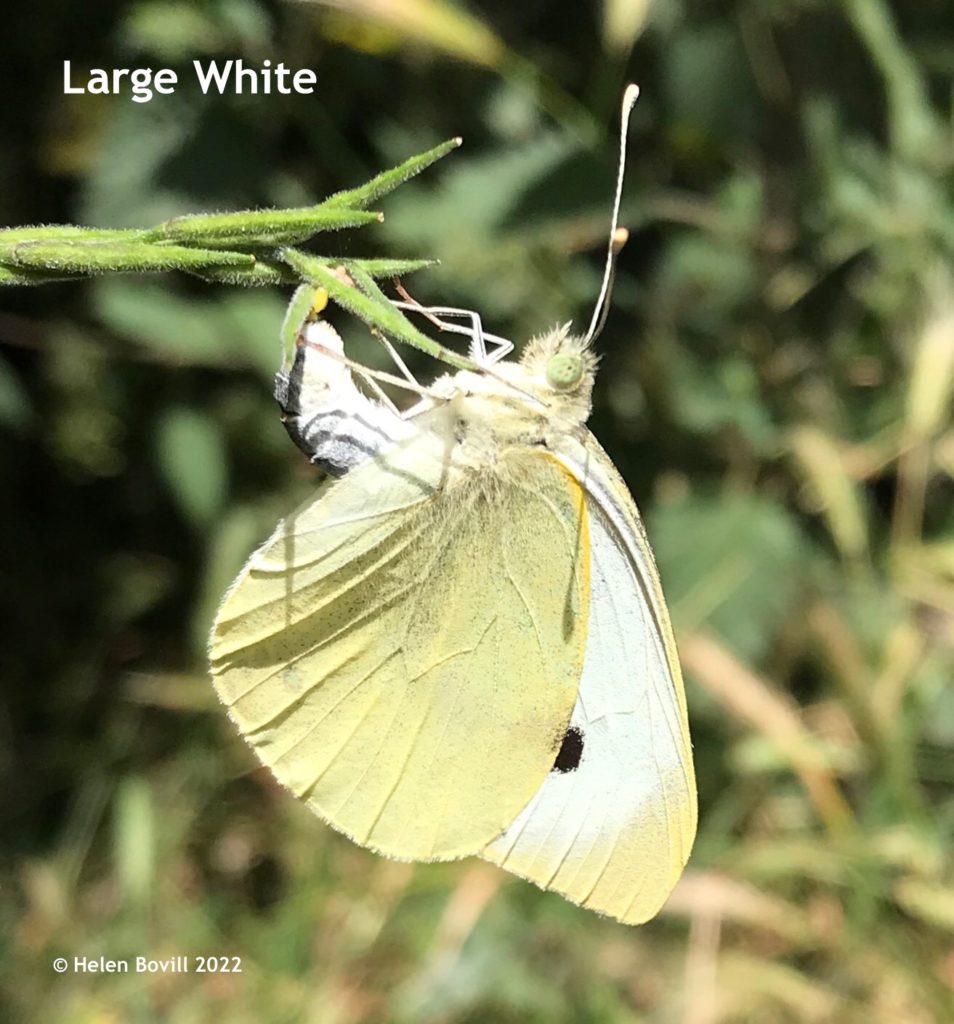
I also saw a Meadow Brown flying along the grass verge, stopping just long enough for me to confirm what it was. This is the first time I’ve seen one in this location, but it doesn’t mean this species has never been seen in the cemetery.
I’ve also seen Speckled Woods this month but generally it has been rather quiet for butterflies.
Conclusion
This is a shorter report than usual because the lack of rain has meant less growth of new plants and less species of insect around. Let’s hope August sees a decent amount of rain to stir the dormant seeds in the ground and produce fresh growth for the late summer cemetery wildlife! Cemetery Wildlife – June 2022


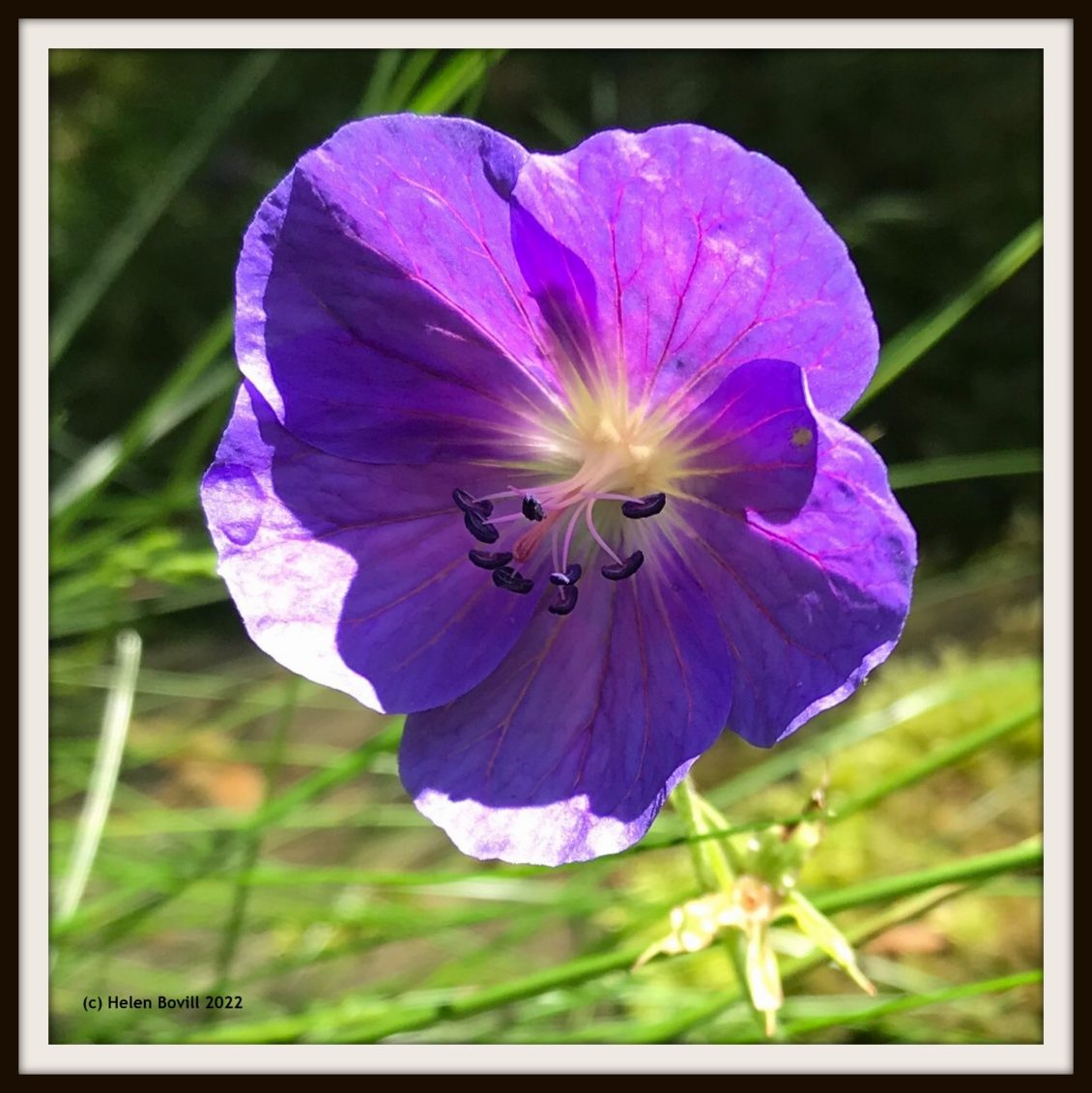
fabulous information Helen x